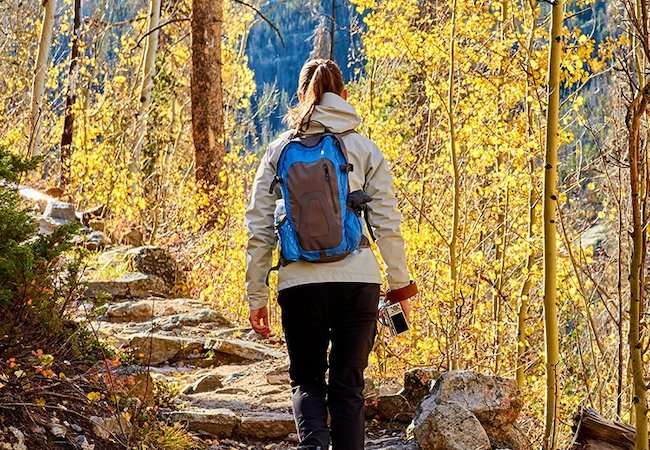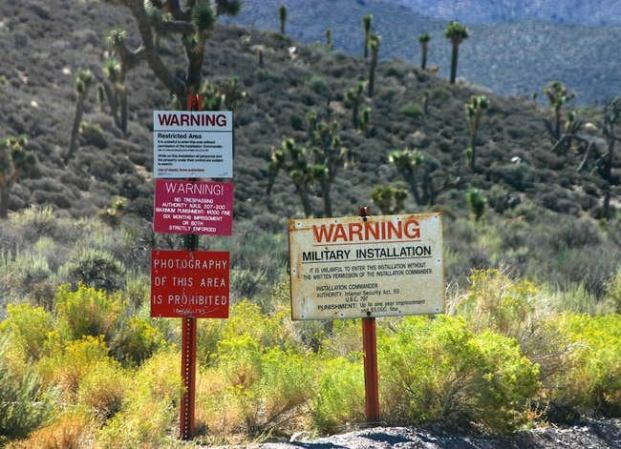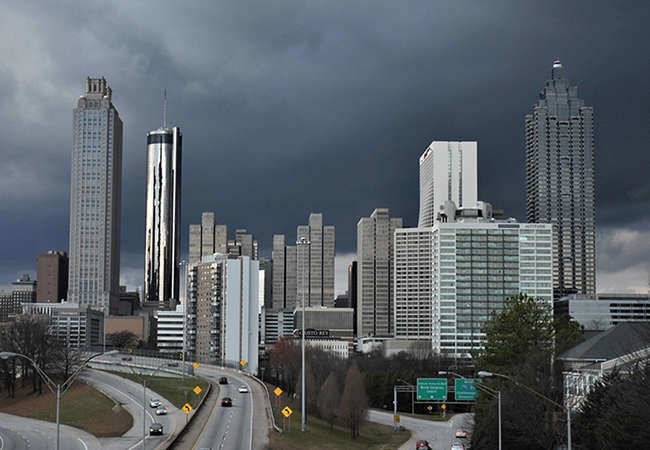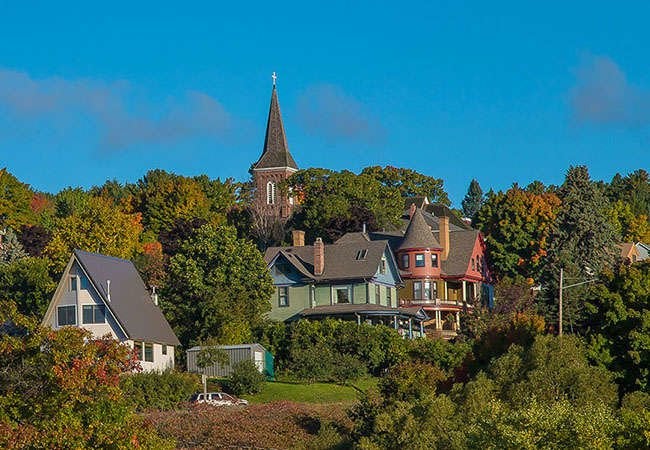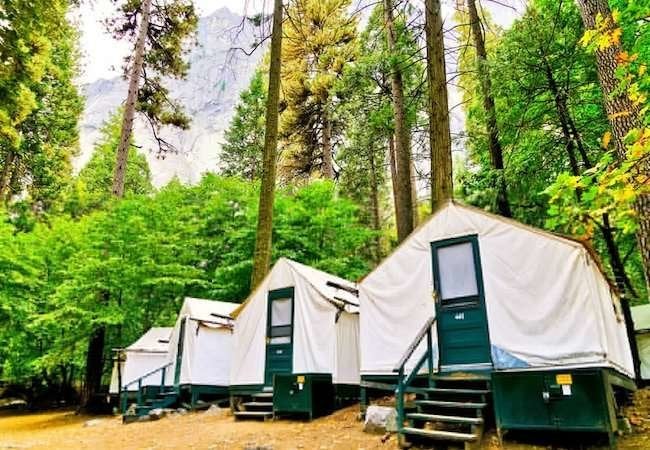We may earn revenue from the products available on this page and participate in affiliate programs. Learn More ›
Eye-Catching Outdoor Escapes
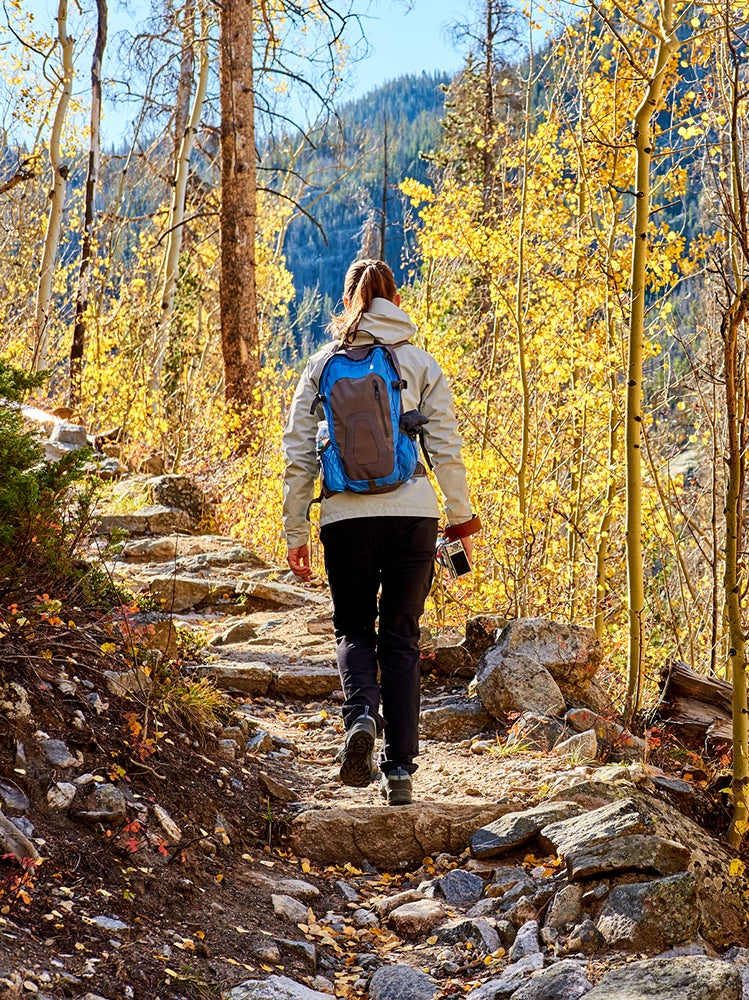
National parks around the country often see a dip in temperatures and visitation in fall—but that’s when many display their most glorious natural colors. This offers an amazing opportunity for solo hikers and families to go leaf peeping or hit the trails in relative privacy. Click through for some of the best parks from coast to coast for enjoying the sights and sounds of autumn.
Death Valley National Park
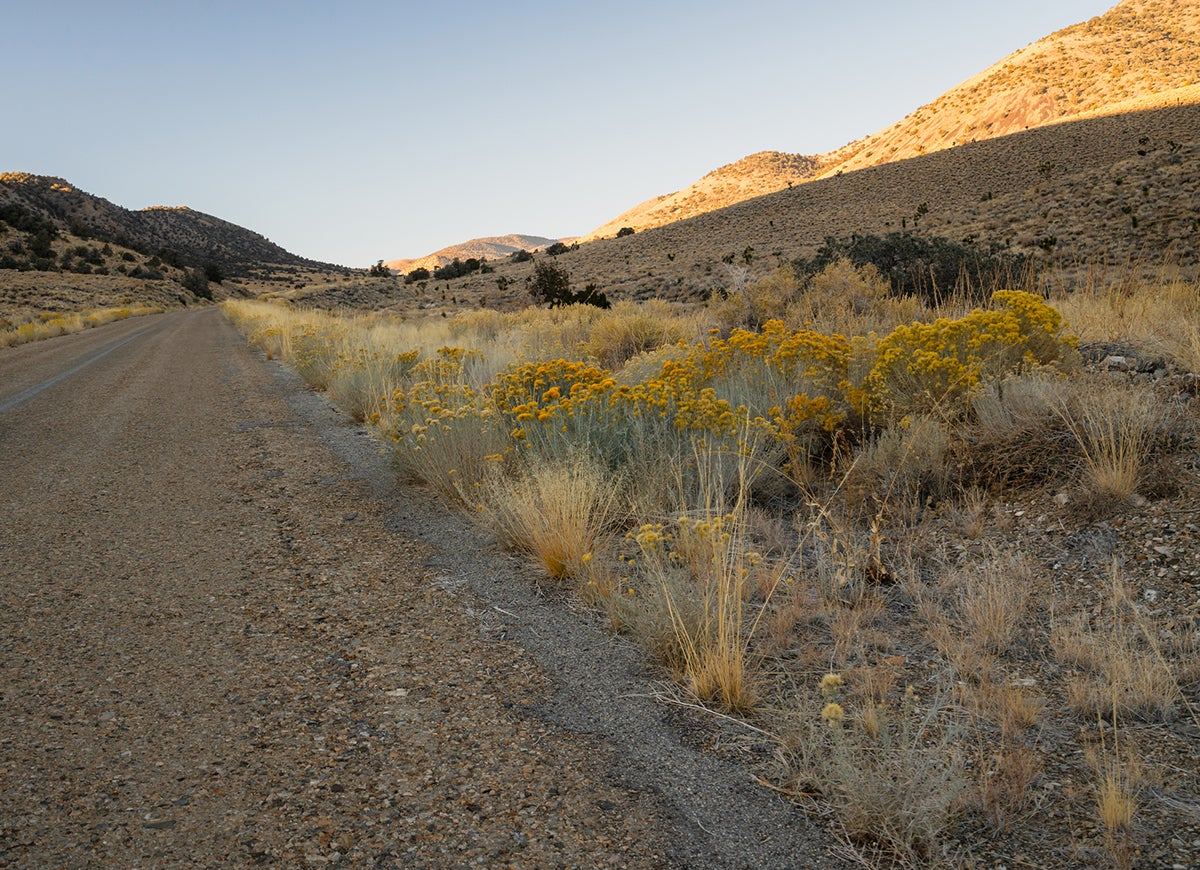
Stretching across eastern California and parts of Nevada, the hottest (temperatures can top 120 degrees!) and most arid national park is packed with tourists in spring and too scorching for visitors from May to September. Yet in October and November, it boasts moderate temperatures (daytime highs average between 77 and 93 degrees) and a spectacular carpet of rust-red interior buckwheat and the rare grove of yellow-tinged cottonwoods. Campgrounds and ranger-led tours are available as early as October and offer an insider’s guide to the 3.4-million-acre park’s flood-forged canyons, sand dunes, and salt flats including Badwater Basin, the lowest-lying location in North America.
Rocky Mountain National Park
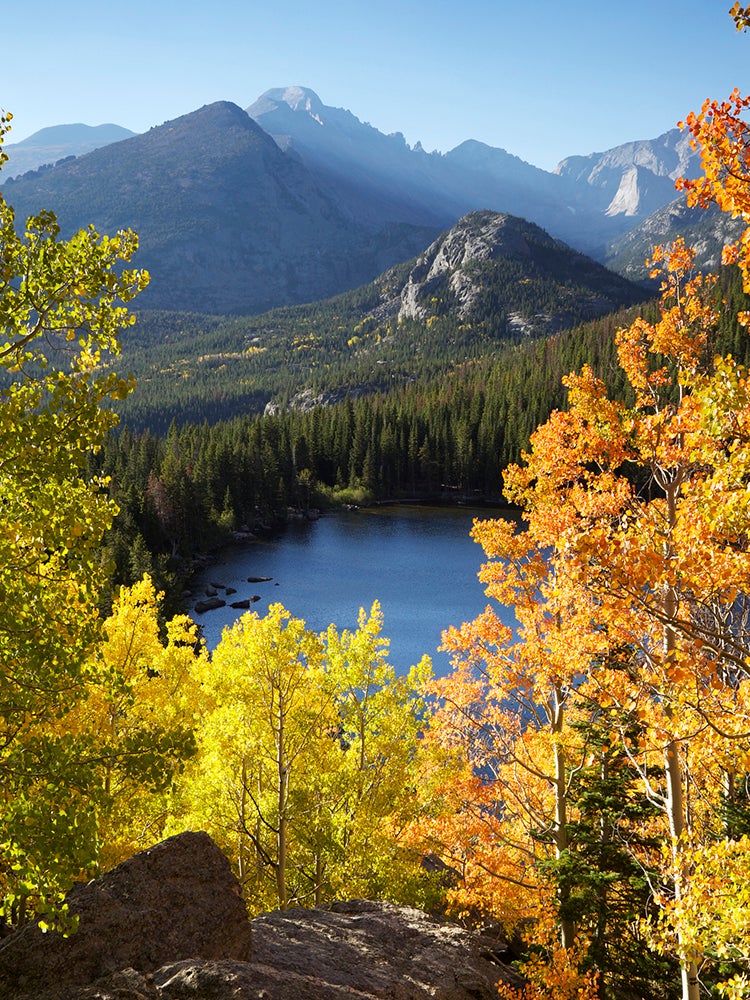
Though it boasts over 60 species of mammals, including a population of majestic elk that sound dramatic bugle-like mating calls in the fall, this 265,000-acre park in Estes Park, Colorado, is as popular for leaf-peeping as it is for wildlife watching in autumn. As the temperatures drop and days shorten, the mountainside aspens sport coats of glimmering gold, which reflect on surrounding water bodies like Bear Lake to afford visually spectacular day hikes.
Acadia National Park
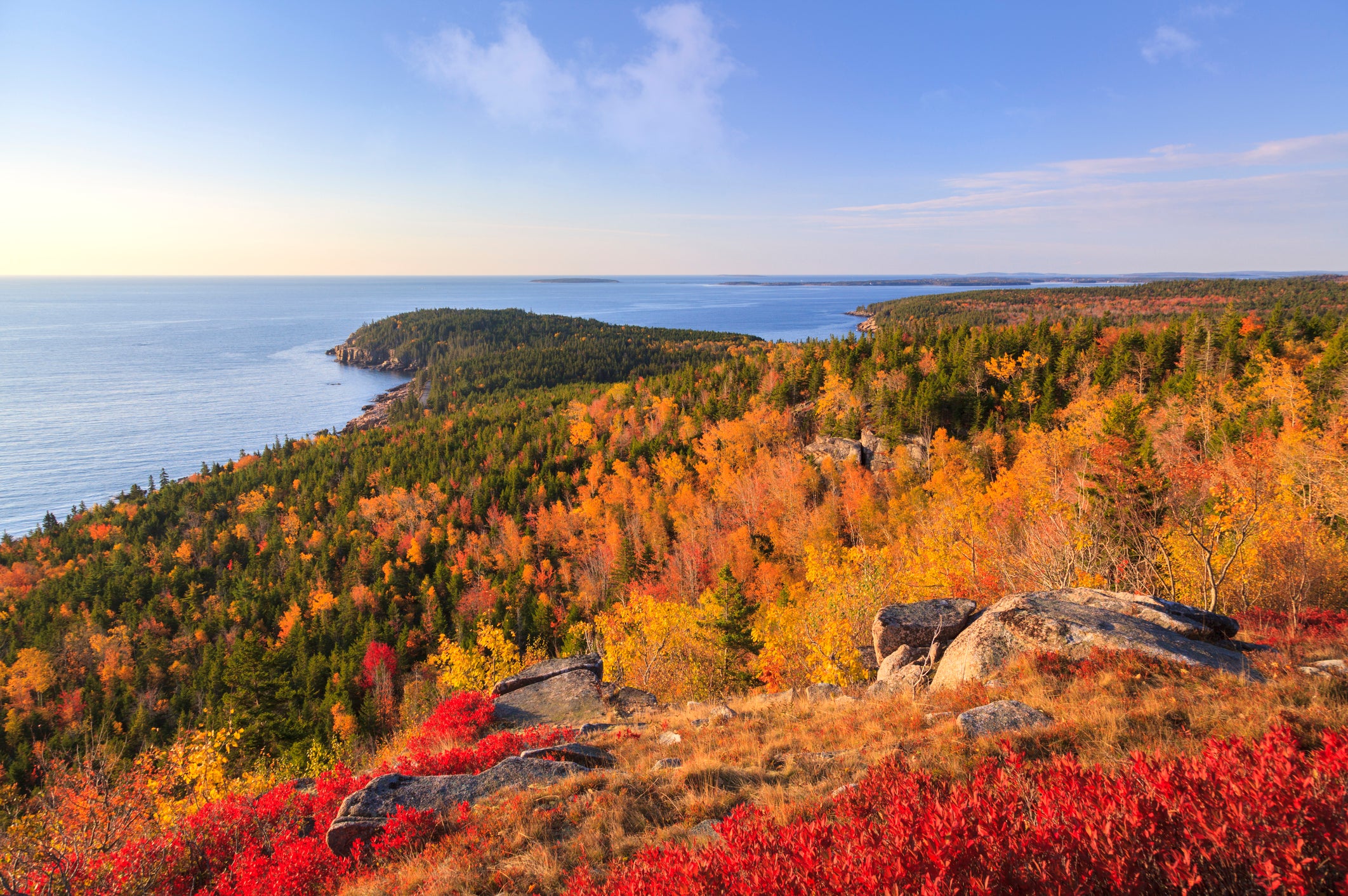
Come mid-October, thousands annually descend on this 47,000-acre park primarily situated on Maine’s Mount Desert Island to see the leaves of maple, ash, and other deciduous trees go gold or crimson. Even so, October usually marks a dip in park visitation following the peak between June and September, granting solitude-seeking hikers the opportunity to hit the trails of Cadillac Mountain or take in the sunrise from Ocean Drive unperturbed by other foot or car traffic.
Great Smoky Mountains National Park
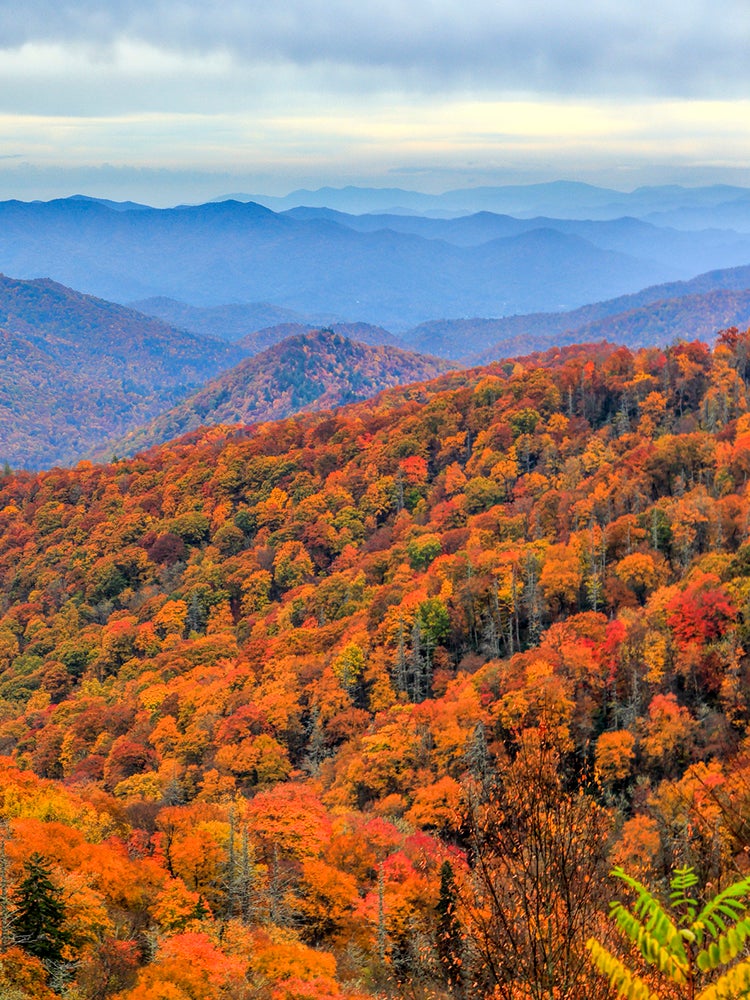
This 522,427-acre park straddling the border between North Carolina and Tennessee comes alive with red, yellow, and orange from mid-September to early November thanks to a collection of 100 tree species, most of them deciduous. The best way to view the likes of flaming cove and northern hardwood, maple, and beech trees is via a scenic drive along the Roaring Fork Motor Nature Trail or Blueridge Parkway, or a hike along area trails such as the Appalachian Trail or Oconaluftee River Trail.
Related: 14 Unusual Things to Do in America’s National Parks
Grand Teton National Park
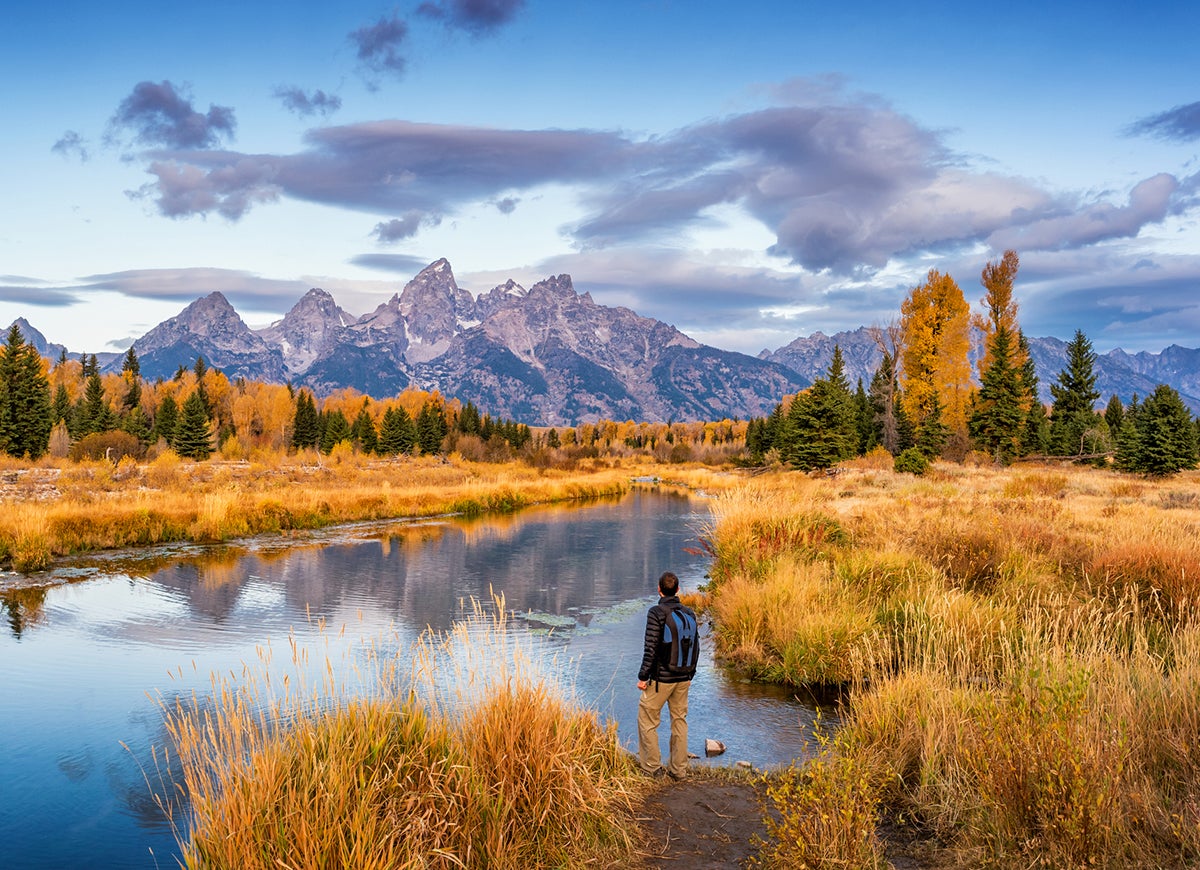
When fall arrives in this 310,000-acre park in northwestern Wyoming, massive bull moose spar for territorial control, bears forage for berries in preparation for hibernation, and hillside aspens, riverfront cottonwoods, and lakeside willows flaunt vivid yellow and red foliage. Fall color is typically at its most intense in the Tetons in the third week of September, thanks to an optimal mix of rainfall and nighttime temperatures.
Shenandoah National Park
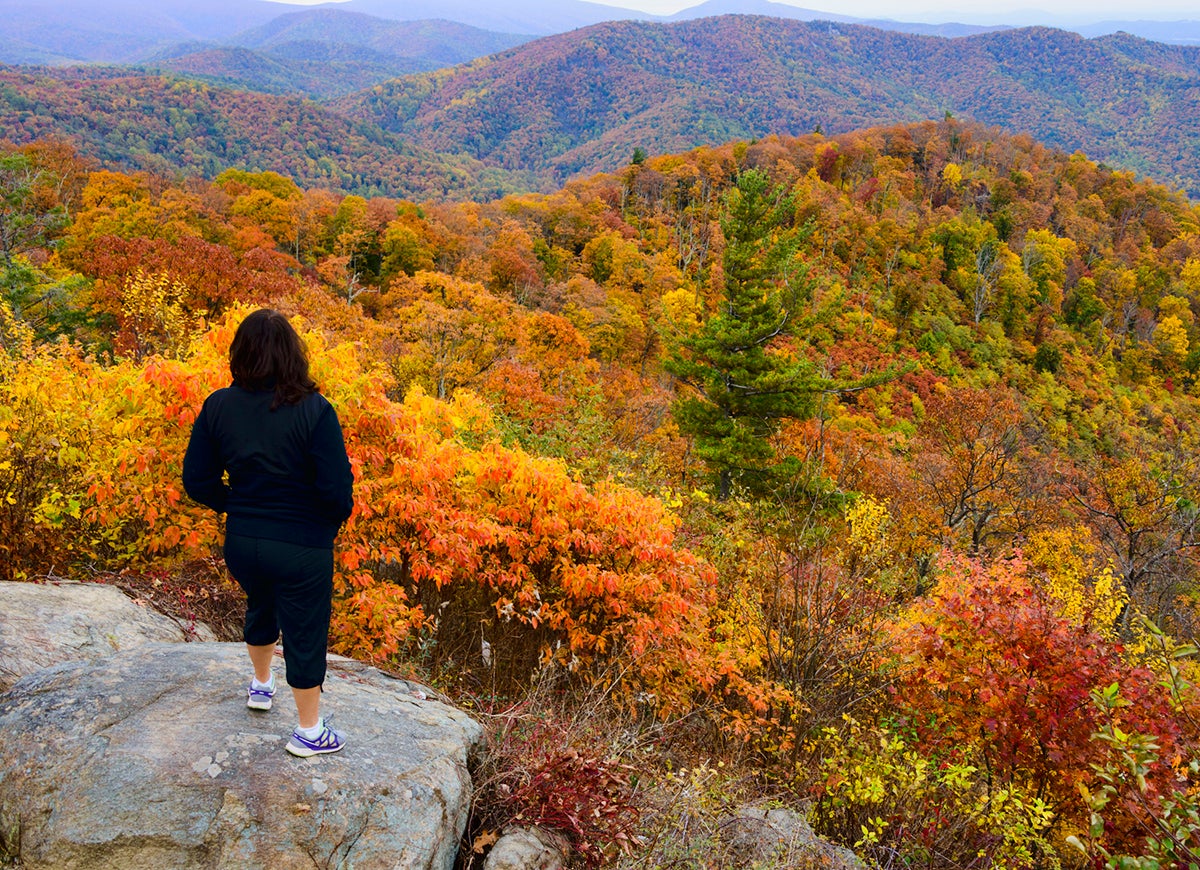
As if the waterfalls, wildflowers, and wooded hollows in this nearly 200,000-acre park sweeping through Virginia’s Blueridge Mountains weren’t enough to impress, the dazzling display of color that typically arrives in late October may stop you in your tracks. Take in the transitioning hues of maple and oak trees on cruise control from Skyline Drive, or go leaf-peeping on two wheels at the Shenandoah Fall Foliage Bike Festival, held annually in mid-October.
Cuyahoga Valley National Park
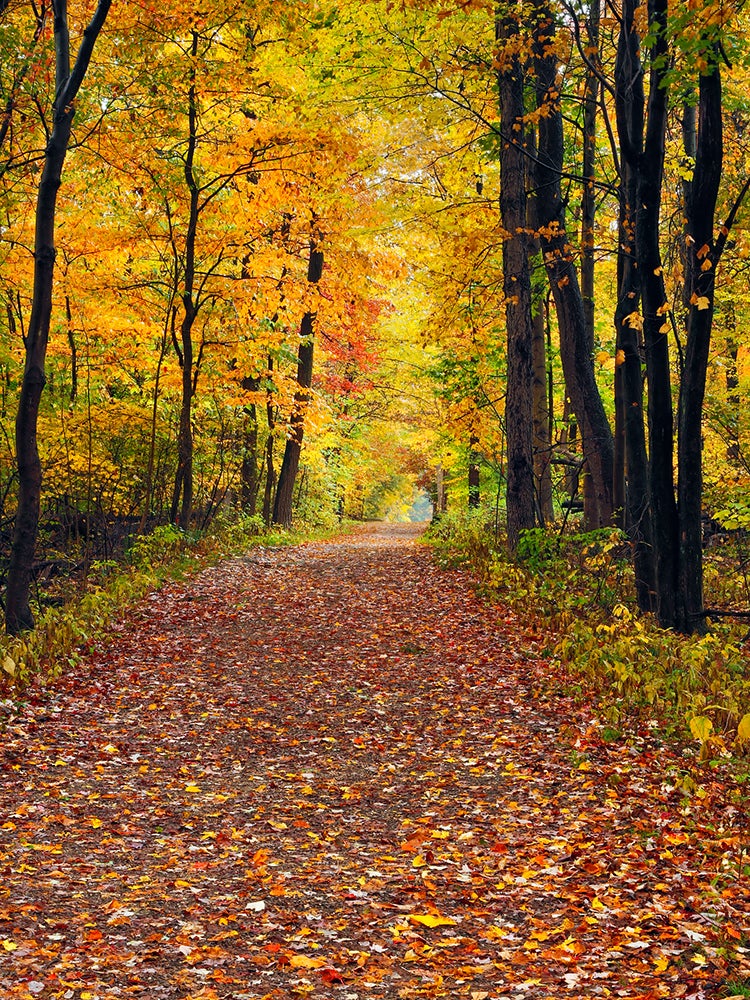
There’s no better place to cool off after summer than a fall visit to Brandywine Falls at this 33,000-acre national park between Cleveland and Akron, Ohio. The sugar maple and white oak trees that surround the 60-foot waterfall flowing into a dramatic gorge only add to its appeal in autumn, turning colors—and heads!—with red and brown leaves that contrast beautifully with neighboring evergreen hemlocks.
Lake Clark National Park and Preserve
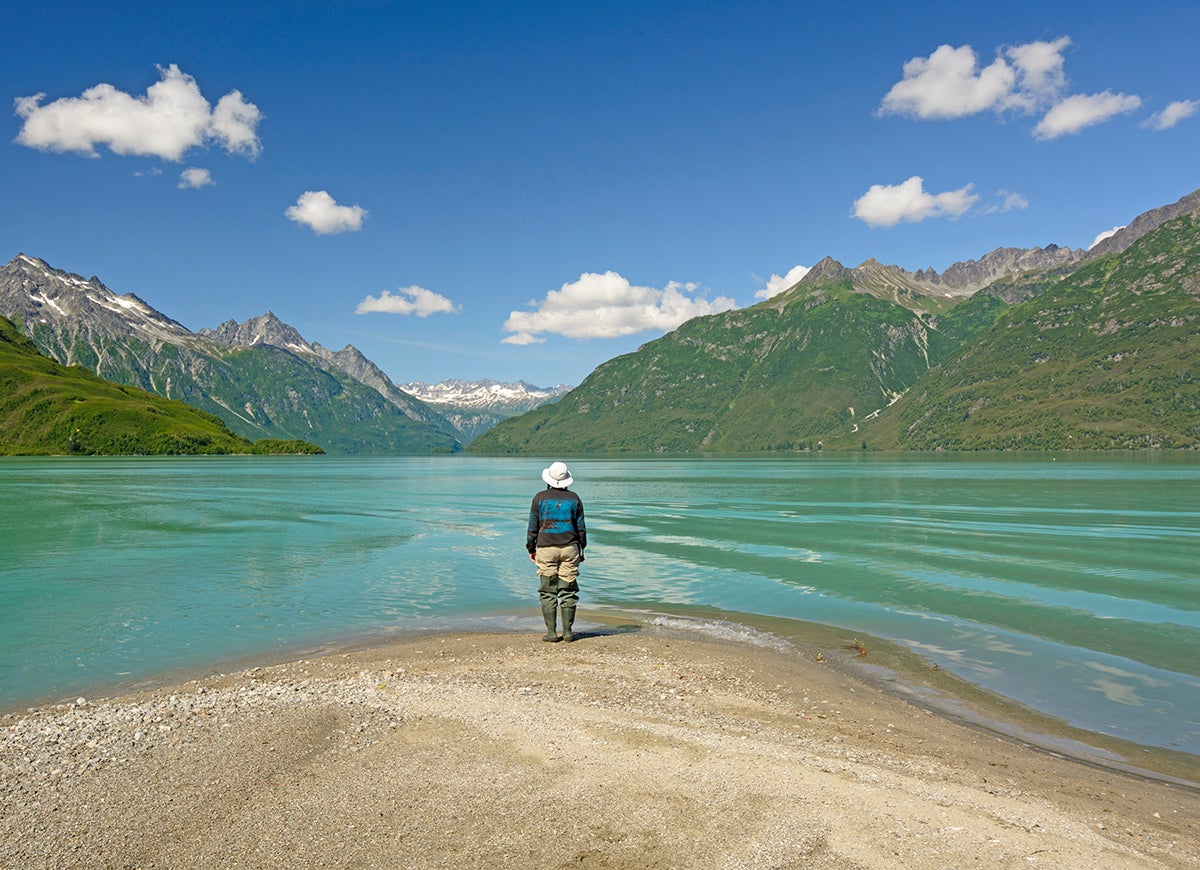
Hike through your pick of ecosystems at this 4-million-acre-plus national park and preserve that brags tundra, forest, grasslands, and freshwater systems such as the iconic Lake Clark, found at the foot of the Neacola and Chigmit Mountains. The stands of birch trees that hug the lake’s edge show off gorgeous golden leaves in the fall to achieve a postcard-worthy vista.
North Cascades National Park
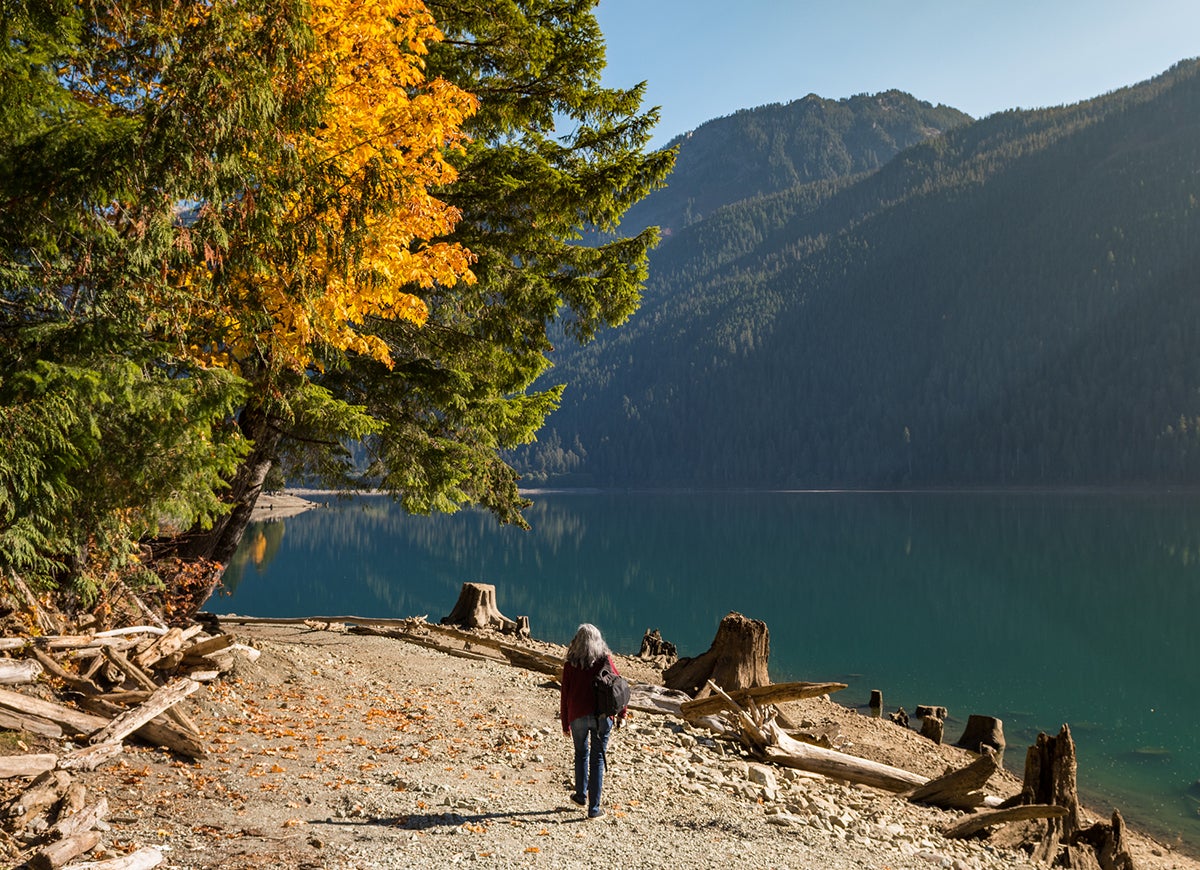
Along with June, late September at this stunning national park extending from the Cascade Mountains to Lake Chelan in Washington represents a “shoulder season” when fewer visitors hit its 684,237 acres of trails and wilderness. Take a tour by car of the Okanogan, Skagit, and Stehekin Valleys in September or October to glimpse the larch trees go gold.
Guadalupe Mountains National Park
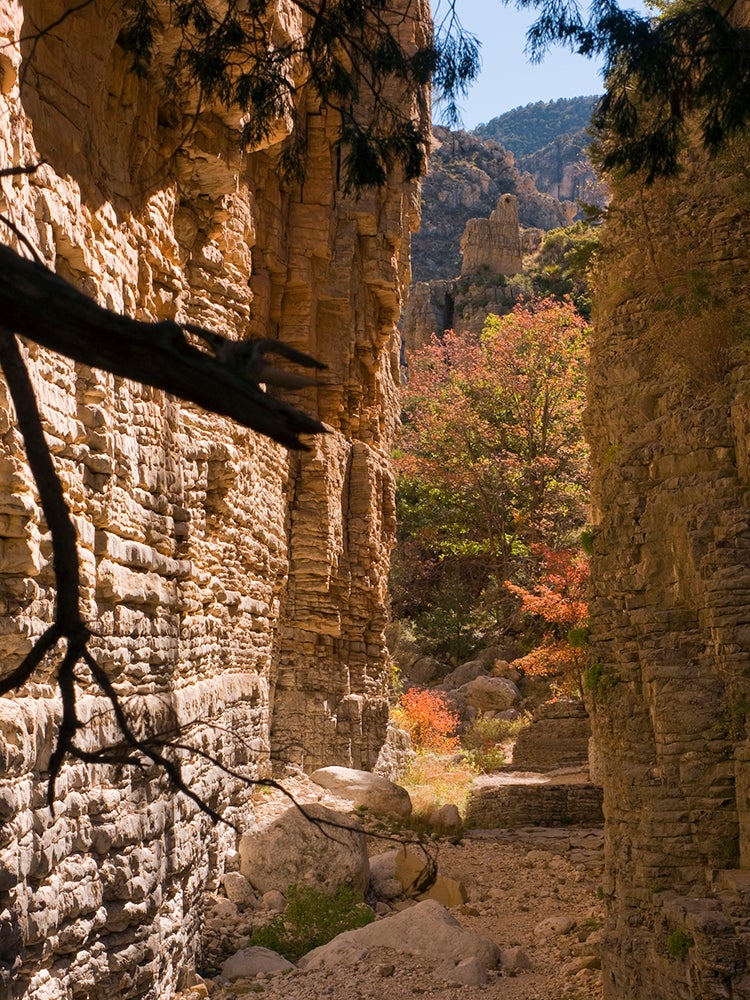
While home to the four highest peaks in Texas, Guadalupe Peak, Bartlett Peak, Bush Mountain, and Shumard Peak, this national park sprawling over 76,293 acres in West Texas also includes such diverse geological formations as canyons, dunes, and a vast Permian fossil reef. Visit in fall between mid-October to mid-November to view the intense colors of the maple, ash, and other deciduous trees that dot the canyons.
